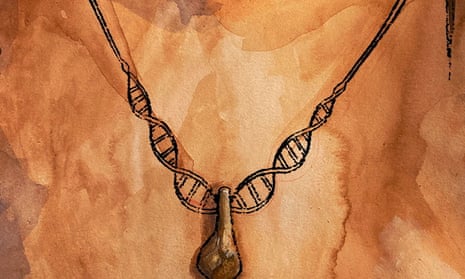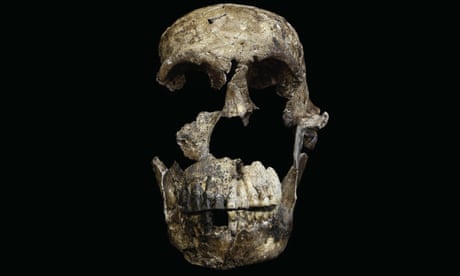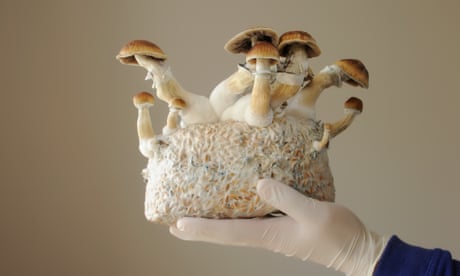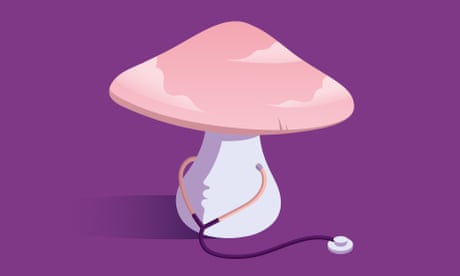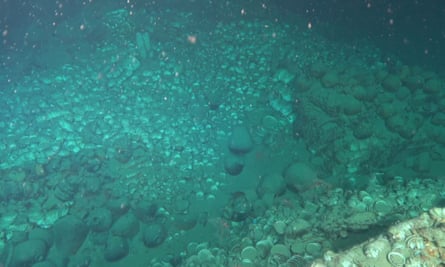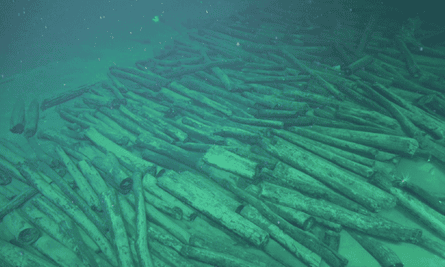 Russian president, Vladimir Putin, speaks to his South African counterpart, Cyril Ramaphosa, in 2019. Photograph: Sergei Chirikov/AP
Russian president, Vladimir Putin, speaks to his South African counterpart, Cyril Ramaphosa, in 2019. Photograph: Sergei Chirikov/APICC warrant for Russian president’s arrest issued in March over alleged war crimes in Ukraine
Patrick Wintour
Diplomatic editor
THE GUARDIAN
Tue 30 May 2023
South Africa has issued blanket diplomatic immunity to all leaders attending an August summit, meaning Vladimir Putin might be able to travel to Johannesburg and not fear the country acting on an international criminal court warrant for his arrest.
South African officials insisted the broad offer of immunity, issued in a government gazette, may not trump the ICC arrest warrant. As an ICC member, South Africa would be under pressure, and possibly under a legal requirement, to arrest Putin. The court issued a warrant for his arrest in March over the alleged forcible deportation of children from Ukraine to Russia.
South Africa is hosting a summit of the Brics group: Brazil, China, India, Russia and South Africa, in August. A two-day planning meeting of foreign ministers is due to take place this Thursday.
“This is a standard conferment of immunities that we do for all international conferences and summits held in South Africa, irrespective of the level of participation,” the Department of Foreign Affairs said on Tuesday. “The immunities are for the conference and not for specific individuals. They are meant to protect the conference and its attendees from the jurisdiction of the host country for the duration of the conference.”
In April, South African president, Cyril Ramaphosa, appointed an inter-ministerial committee headed by his deputy president, Paul Mashatile, to look into how the law applied to a visit by the Russian president. The government is looking into the wording of the Rome Statute, the charter that established the ICC, for a loophole that would enable Putin to attend without South Africa having to arrest him.
Article 98 of the ICC Rome Statute states: “The court may not proceed with a request for surrender or assistance which would require the requested State to act inconsistently with its obligations under international law with respect to the State or diplomatic immunity of a person … of a third state, unless the court can first obtain the cooperation of that third State for the waiver of the immunity.” Some say this wording provides South Africa with a chance to invite Putin and not be under any obligation to arrest him.
A similar row occurred in 2005 when the then Sudanese president Omar al-Bashir came to South Africa. He swiftly left the county as it became increasingly likely that the South African high court was about to rule that he had to be arrested.
Russia has stepped up its drive to boost ties with Africa to help offset a chill in relations with the west prompted by its invasion of Ukraine, and plans to hold an Africa-Russia summit in St Petersburg in July.
It is not clear yet if Putin would be willing to save South Africa from the diplomatic dilemma by not attending in person. The Kremlin said on Tuesday that Russia would take part at the “proper level”. The foreign minister, Sergei Lavrov, is already slated to attend the planning meeting.
The Brics group of large emerging economies is increasingly seen as a rival to the G7 group of western industrialised countries.
Asked at a regular news briefing about the possibility of an arrest warrant, the Kremlin spokesperson, Dmitry Peskov, said: “Of course we count as a bare minimum on partner countries in such an important format not being guided by such illegal decisions.”
South Africa has been accused of fence-sitting over Russia’s invasion of Ukraine. The US embassy recently claimed South Africa had sent weapons to Russia. Support for Russia inside the ruling ANC is strong due to the Soviet Union’s role in opposing colonialism.
The government notice about immunity, which was gazetted on Monday, was routine protocol to protect the conference, the foreign ministry said, adding: “These immunities do not override any warrant that may have been issued by any international tribunal against any attendee of the conference.”
South Africa has issued blanket diplomatic immunity to all leaders attending an August summit, meaning Vladimir Putin might be able to travel to Johannesburg and not fear the country acting on an international criminal court warrant for his arrest.
South African officials insisted the broad offer of immunity, issued in a government gazette, may not trump the ICC arrest warrant. As an ICC member, South Africa would be under pressure, and possibly under a legal requirement, to arrest Putin. The court issued a warrant for his arrest in March over the alleged forcible deportation of children from Ukraine to Russia.
South Africa is hosting a summit of the Brics group: Brazil, China, India, Russia and South Africa, in August. A two-day planning meeting of foreign ministers is due to take place this Thursday.
“This is a standard conferment of immunities that we do for all international conferences and summits held in South Africa, irrespective of the level of participation,” the Department of Foreign Affairs said on Tuesday. “The immunities are for the conference and not for specific individuals. They are meant to protect the conference and its attendees from the jurisdiction of the host country for the duration of the conference.”
In April, South African president, Cyril Ramaphosa, appointed an inter-ministerial committee headed by his deputy president, Paul Mashatile, to look into how the law applied to a visit by the Russian president. The government is looking into the wording of the Rome Statute, the charter that established the ICC, for a loophole that would enable Putin to attend without South Africa having to arrest him.
Article 98 of the ICC Rome Statute states: “The court may not proceed with a request for surrender or assistance which would require the requested State to act inconsistently with its obligations under international law with respect to the State or diplomatic immunity of a person … of a third state, unless the court can first obtain the cooperation of that third State for the waiver of the immunity.” Some say this wording provides South Africa with a chance to invite Putin and not be under any obligation to arrest him.
A similar row occurred in 2005 when the then Sudanese president Omar al-Bashir came to South Africa. He swiftly left the county as it became increasingly likely that the South African high court was about to rule that he had to be arrested.
Russia has stepped up its drive to boost ties with Africa to help offset a chill in relations with the west prompted by its invasion of Ukraine, and plans to hold an Africa-Russia summit in St Petersburg in July.
It is not clear yet if Putin would be willing to save South Africa from the diplomatic dilemma by not attending in person. The Kremlin said on Tuesday that Russia would take part at the “proper level”. The foreign minister, Sergei Lavrov, is already slated to attend the planning meeting.
The Brics group of large emerging economies is increasingly seen as a rival to the G7 group of western industrialised countries.
Asked at a regular news briefing about the possibility of an arrest warrant, the Kremlin spokesperson, Dmitry Peskov, said: “Of course we count as a bare minimum on partner countries in such an important format not being guided by such illegal decisions.”
South Africa has been accused of fence-sitting over Russia’s invasion of Ukraine. The US embassy recently claimed South Africa had sent weapons to Russia. Support for Russia inside the ruling ANC is strong due to the Soviet Union’s role in opposing colonialism.
The government notice about immunity, which was gazetted on Monday, was routine protocol to protect the conference, the foreign ministry said, adding: “These immunities do not override any warrant that may have been issued by any international tribunal against any attendee of the conference.”
